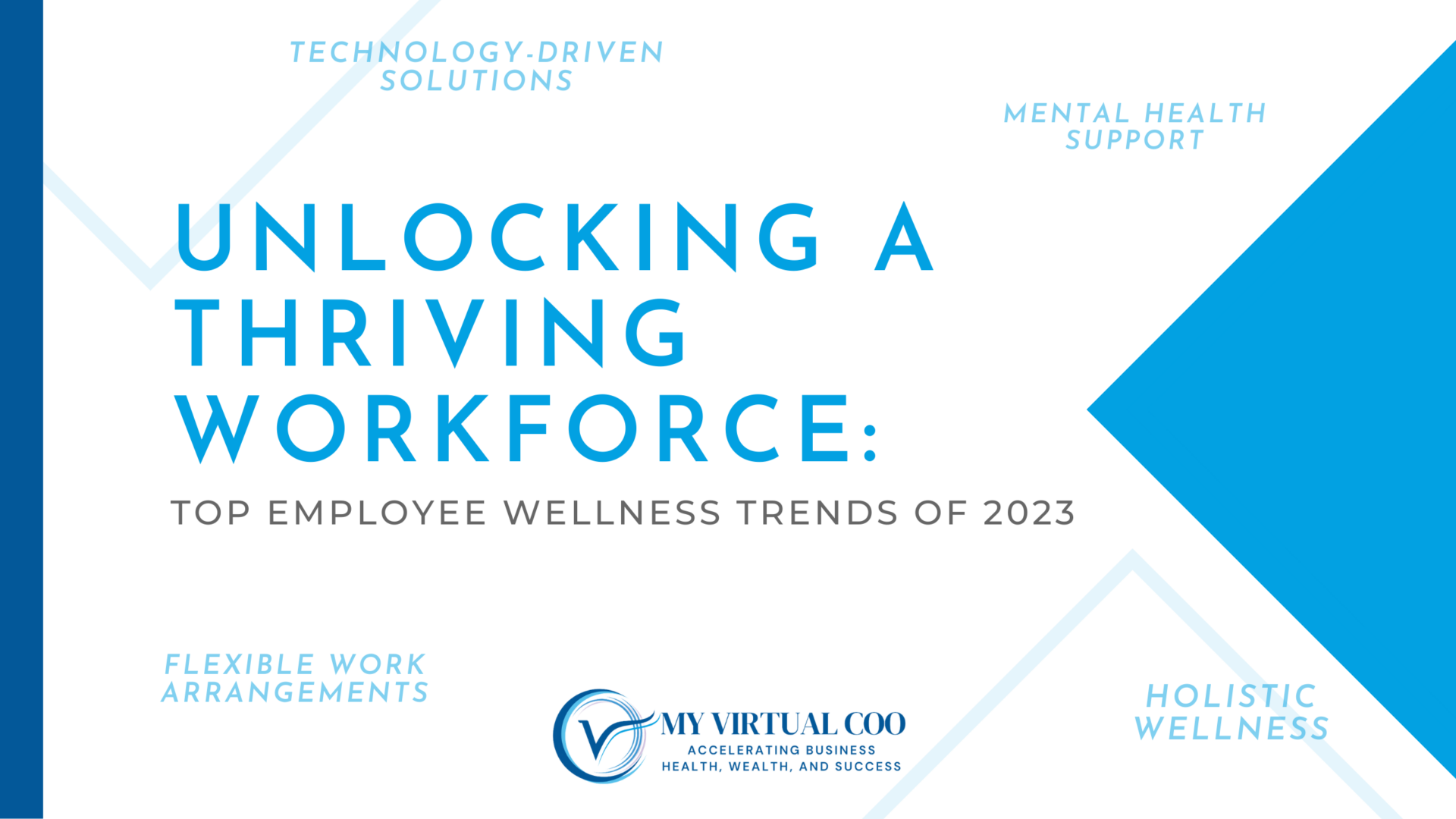Low productivity. Skills shortages. Burnout.
If your team is experiencing one or all of these challenges, you’re not alone. And the solution likely isn’t more tools, more meetings, or even more headcount.
It’s time to look at your talent management strategy.
A successful talent management strategy is more than just hiring and training. It’s a holistic, forward-thinking approach to attracting, developing, and retaining employees while creating the kind of workplace where people thrive.
In this article, we’ll break down how a thoughtful, people-first talent management strategy addresses your most pressing workforce challenges and sets your business up for long-term success.
What Is a Talent Management Strategy?
A talent management strategy is the intentional process of planning how your organization will recruit, retain, develop, and engage top talent.
It goes beyond filling open roles. It’s about aligning your people strategy with your business goals, anticipating future talent needs, and creating systems that support employee growth and satisfaction.
And in today’s competitive job market, that alignment isn’t optional—it’s essential.
Why Talent Management Matters More Than Ever
Rapid change is the new norm. From emerging technologies to shifts in workplace culture, companies are constantly adapting.
Without a well-defined talent strategy, these changes can lead to:
- Low productivity due to unclear roles or lack of engagement
- Capacity gaps where critical roles remain unfilled
- Skill gaps as jobs evolve faster than employee development
- Burnout occurs as teams become overstretched and under-supported
Let’s explore how each of these pain points can be addressed with a modern talent management strategy.
Challenge: Low Productivity
Solution: Engage and Empower Your Employees
Hiring great people is step one. Keeping them engaged is what drives performance.
Engagement is more than employee satisfaction; it’s about connection, purpose, and growth. Studies consistently show that engaged employees are more productive, more innovative, and far less likely to leave.
So, how do you boost engagement?
- Offer career development paths tied to personal goals
- Provide flexibility in where, when, and how people work
- Use tools like a Life Career Mission Statement™ to align individual purpose with company vision
- Conduct stay interviews to uncover concerns early
A strong talent management strategy focuses on the employee experience from their first day to their next promotion.
Challenge: Capacity Gaps
Solution: Strong Recruitment Strategy
We’re navigating a talent-driven economy where the competition for skilled and experienced workers is fiercer than ever. Industries are undergoing rapid transformations, and technological innovations are reshaping the job market.
As a result, companies are vying for top talent to stay ahead in the game. Effective talent management is crucial for organizations not only to attract but also to retain the skilled professionals they need to thrive.
Talent management strategies help organizations identify and target individuals who possess the skills and qualities that align with their goals and culture.
Innovative recruitment techniques, such as artificial intelligence-driven candidate screening, are used to make the hiring process more efficient and effective.
Check out this article from GoHire for tips on building a strong recruitment strategy. Outsourced HR providers like KMA HR or AlignHR can also help you craft a customized strategy to suit your needs.
Challenge: Skill Gaps
Solution: Ongoing Training and Development
Technology evolves. So do job descriptions.
To keep up, companies need to invest in continuous learning not just one-off workshops or outdated courses.
- A robust training program should include:
- Online and hybrid learning options (like Fred Pryor or Kaplan)
- Mentorship and job shadowing
- DIY learning paths supported by tools and time
- State-subsidized grant programs, like Massachusetts Express or New York’s Empire State Development program
Want to accelerate growth even more? Bring in Subject Matter Experts (SMEs). SMEs deliver in-depth, real-world insights that standard training often can’t match.
According to Forbes, incorporating SMEs into your talent development strategy can elevate both skills and morale across all levels of your organization.
Challenge: Burnout
Solution: Clarify Roles and Responsibilities
Burnout isn’t just about long hours it’s often the result of unclear expectations and constant firefighting.
A talent management strategy helps prevent burnout by:
- Defining clear responsibilities and boundaries
- Charting workloads to ensure balance and fairness
- Visualizing career paths to give employees clarity and motivation
- Creating open channels for feedback and adjustment
When teams know what’s expected of them and see a path forward, they’re more resilient, more productive, and less prone to burnout.
Check out our resource on “The Power of Visualizing Career Paths for Employees and New Hires” to learn why visualizing career paths and hiring needs (AKA talent mapping) is the most effective and powerful way to accomplish all three of these goals and scale the business with less effort and cost.
Then, download our Role Chart to identify the potential for top talent to rise up while revealing the skill sets your organizations lack right now.
The Bigger Picture: Why Strategy Beats Tactics
It’s tempting to tackle workforce challenges one by one.
But the most effective companies take a strategic, integrated approach to talent management. That means:
- Seeing employees as long-term assets, not short-term fixes
- Embedding talent planning into business strategy
- Aligning culture, leadership, and systems to support growth
When done right, a talent management strategy delivers:
- Higher retention
- Greater internal mobility
- Faster adaptation to change
- A stronger, more motivated workforce
Conclusion: The Power of a Talent-First Approach
In a time when businesses are evolving faster than ever, a strong talent management strategy isn’t just nice to have; it’s a competitive advantage.
It empowers your people. It closes skills gaps. It builds resilience. And most importantly, it drives real, lasting growth.
If you’re serious about your company’s future, start with your people. Because when talent is managed strategically, everything else follows.






